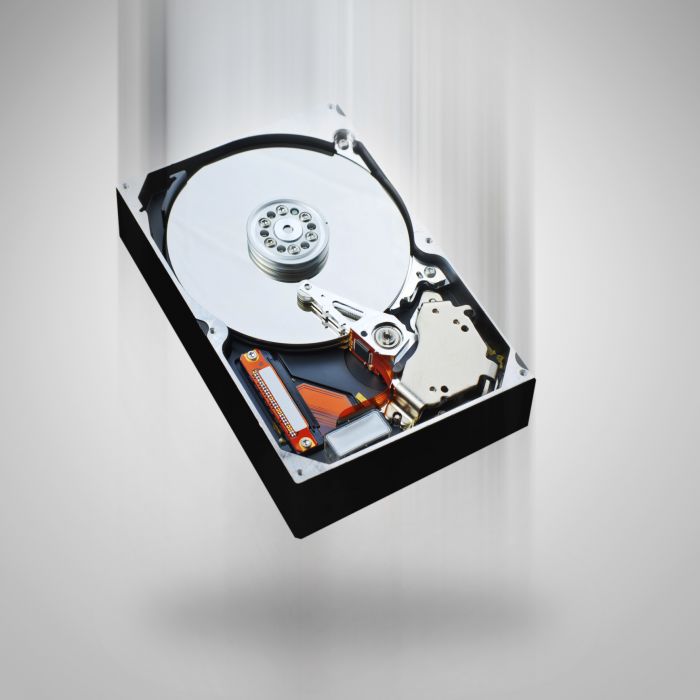External hard drives are very susceptible to be damaged from being dropped simply because they sit in high traffic areas and they get knocked over or moved around often. The internal moving parts of a hard drive are very sensitive, the slightest jolt can result in the liquid bearing seizing or more commonly the read/write heads suffer physical damage. Hard drives that experience more severe shocks from being dropped from 2 to 4 feet onto a very hard surface can not only damage the bearing and or heads but also the platters can actually shift off center from the spindle.
To fix a hard drive that has been dropped is always a challenging recovery even for the data recovery specialist. The hard drive would need to be opened and rebuilt by a very experienced technician with special tools, replacement parts and techniques in a clean room environment. This is a mechanical breakdown, at this point there is nothing you can do yourself. There is no software that can help even though data recovery software companies will often mislead customers in order to sell their products. In fact running software can only make the external hard drive deteriorate further and you run an enormous risk of having a catastrophic failure and losing the data forever.
Ideally the best chance for recovery would be not to power up the external drive after dropping it. That would be living in a perfect would though, naturally 99% of us would at least attempt restart the drive once or twice.
A symptom that the liquid bearing is damaged would be the hard drive still spins up but makes a high pitched screeching or whirling sound. Example Screeching If you don’t even hear the hard drive spinning up that would indicate the liquid bearing has completely seized.
A symptom that the read/write heads are damaged or the platters have shifted off center would be an intermittent or rhythmic clicking sound. Example Clicking
Again, if you are reading this article most likely it means you already powered up the hard drive once or twice. It is best to leave the drive powered off until a data recovery professional can stabilize the hard drive and preserve as much data as possible.
